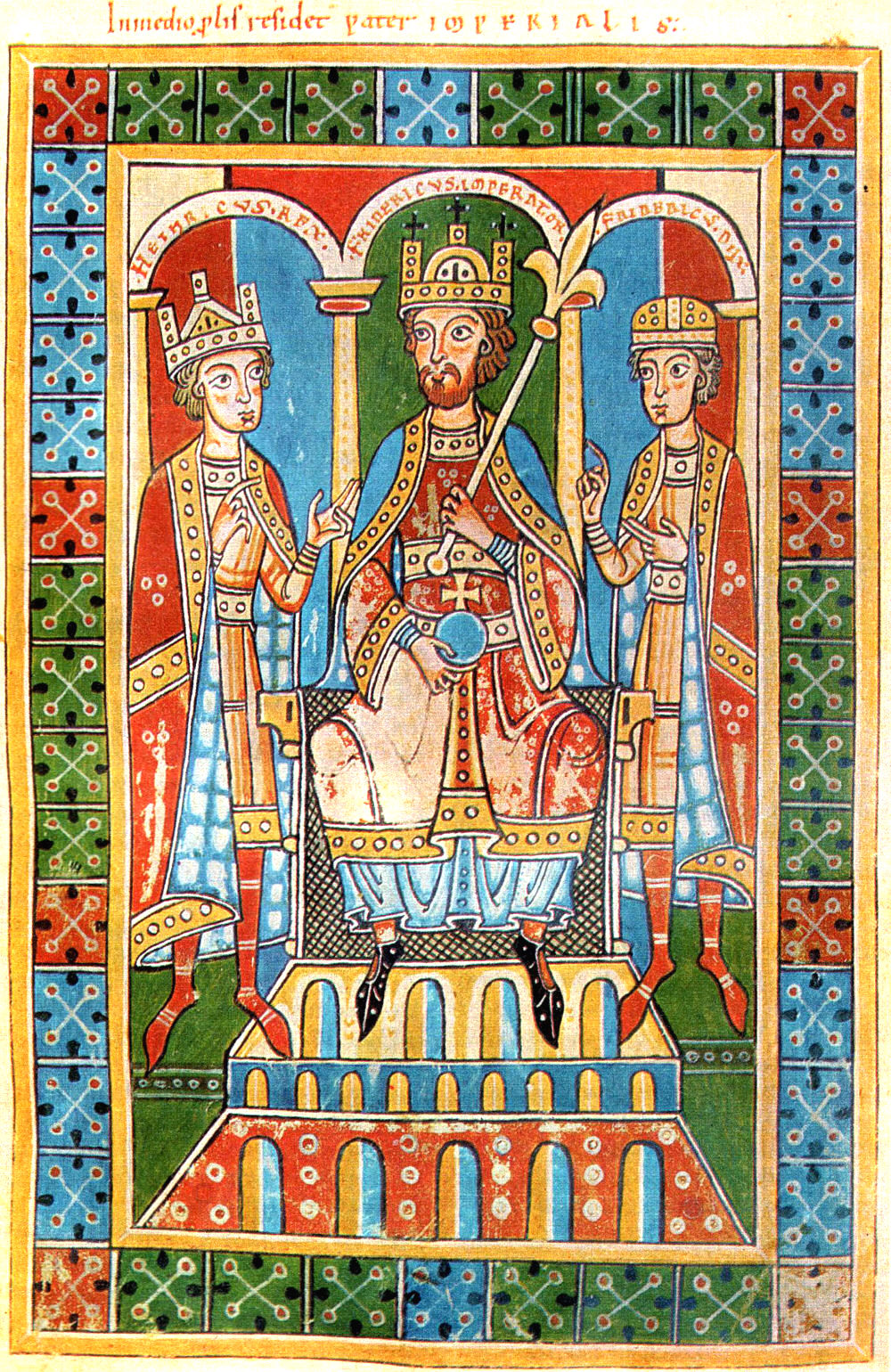Last week saw its share of sound and fury. One again, commentators from around the globe, ranging from noted Clausewitzian to unnoted COINdinista, gathered to answer, once and for all, one question: does America conquer through love or through death? (hint: the answer is yes). However, last week saw something more important: substantive and troubling hints of the reemergence of a real threat, a specter that has haunted American defense thinking since 1844: unapologetic magic bulletry.
Quoth the Committee:
Iraq 2003 was the last hurrah of the dotcom era. Echoing a classic “netizen” conceit, Pentagon planners believed that American forces would interpret the Iraqi army as damage and route around them to victory. Intensive “network-centric” warfare would combine data from each network node (soldier) into a grand central clearinghouse that would deliver total information omniscience. Commanders could then move forces to needs, on demand. Any enemy infantryman that sneezed in the night would draw instant, exactly targeted fire that would hermetically package and deliver them to Allah with the best IT driven efficiency that the private sector could provide. Light shows of dizzying precision would capture enemy eyeballs, break their will to resist, and leave Mesopotamia the newest target demographic for Madison Avenue.
This thought was the logical endpoint of dotcom mania. Governmental institutions, the military being one such institution, lag behind the private sector in tech mania adoption. Dotcom groupthink hit the military hardest after it had passed its peak of hysteria in the rest of American society.
In its nineties heyday, techno-opiates promised a future where U.S. forces moved freely like network packets across an antiseptic information battlespace. These force “packets” would be effectively omniscient since enemy forces would continue to unheedingly mass Soviet style forces in large formations across flat, treeless, and unpopulated terrain. There the enemy could be anesthetized in detail with precision, with laser-guided fluffy down pillows lulling enemy soldiers gently to sleep. The American military would simply interpret resistance “as damage and route around it“. The result of such thinking was an American military that could deter a large country, destroy a medium-sized country, or occupy a small country.

